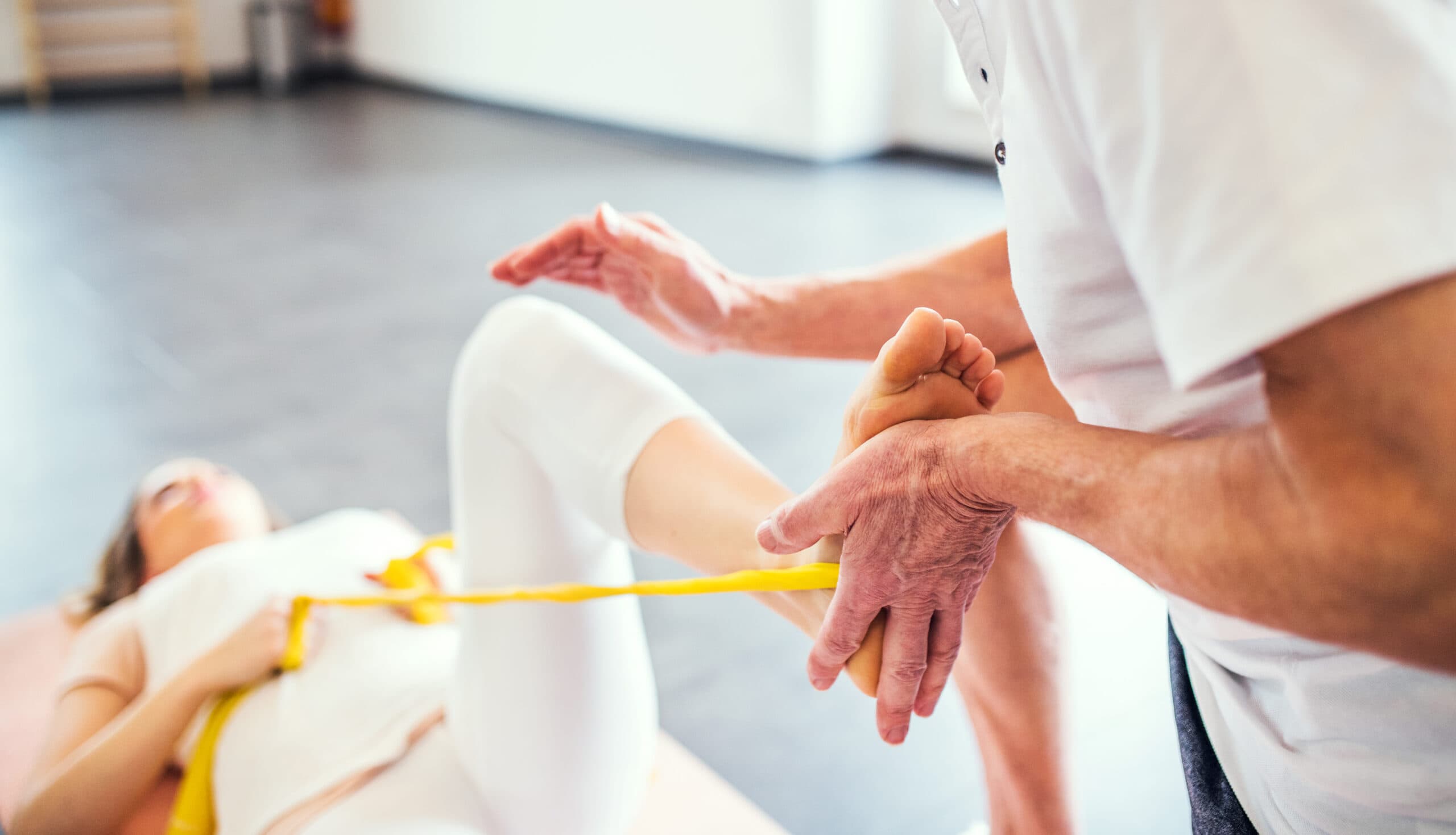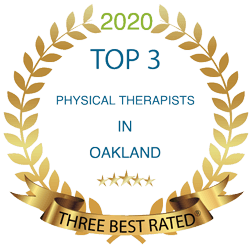Living with hip pain can significantly impact your daily life, from basic activities like standing and sitting to more complex movements like walking and exercising. The discomfort can even affect your sleep and overall quality of life. Fortunately, there is hope. Physical therapy offers effective solutions to alleviate hip pain and improve your mobility.
This article will explore the common causes of hip pain. We will also discuss how to identify the root of your discomfort, the role of physical therapy in addressing the pain, and the various treatments available.
Some Common Causes of Hip Pain
Experiencing hip pain can significantly impact your daily activities and overall quality of life. Understanding the various factors that can contribute to hip discomfort is essential for effective treatment and management.
Some of the most common causes of hip pain stem from a multitude of factors, spanning from issues within the skeletal, muscular, and nervous systems. Conditions such as bursitis, tendonitis, labral tears, arthritis, fractures, and sciatica are among the many potential culprits contributing to hip discomfort.
Here is a quick overview of each of these conditions:
- Bursitis is characterized by inflammation of the bursae. Bursae are small fluid-filled sacs that cushion the bones, tendons, and muscles near your joints. Repetitive movements or prolonged pressure can irritate these sacs, causing hip pain, tenderness, and swelling.
- Tendonitis occurs when the tendons surrounding the hip become inflamed or irritated. Again, often as a result of repetitive movements or sudden injuries. Common forms of tendonitis like ITBS affect the outer thigh and gluteal tendonitis.
- Labral tears can occur due to trauma, repetitive motion, or degenerative changes, leading to hip pain, stiffness, and a sensation of catching or locking in the joint.
- Arthritis is a degenerative joint disease affecting the hip joint, causing pain, stiffness, and limited mobility. Osteoarthritis is the most common form, and it occurs when the protective cartilage wears down, leading to friction and inflammation within the joint.
- Hip fractures are a common cause of hip pain and mobility issues. They can occur as a result of falls, trauma, or weakened bones. Hip fractures require immediate medical attention and may necessitate surgical intervention to repair the damaged bone.
- Sciatica is a condition characterized by the pain that radiates along the sciatic nerve, which extends from the lower back down through the buttocks and into the legs. Compression or irritation of the sciatic nerve can lead to hip pain, numbness, tingling, and weakness in the affected leg.
In addition to these, hip pain can also be attributed to various other causes, including muscle strains, hip dysplasia, sacroiliac joint dysfunction, and referred pain from conditions affecting the lower back or pelvis.
How to Determine the Root Of Your Pain
Identifying the underlying cause of your hip pain is crucial for determining the most effective treatment approach. If you are experiencing persistent or severe hip pain, consult a healthcare professional for a comprehensive evaluation and personalized recommendations tailored to your specific needs and circumstances.
Pay attention to the location and nature of your pain. Is it concentrated in the muscles surrounding the hip, radiating along the nerves into your leg and toes, or deep within the bones?
Reduce the Risk of Hip Pain
Taking proactive steps to minimize the risk of developing hip pain and maintaining optimal mobility is essential. Incorporating certain strategies into your daily routine can significantly contribute to hip health and overall well-being. Here are some effective methods to help you prevent hip pain:
Maintain Proper Posture
Maintaining good posture is crucial for preventing strain on your hips and other joints. Be mindful of your posture while sitting, standing, and walking.
Avoid slouching or leaning forward excessively, as this can place undue stress on your hips and contribute to discomfort over time. Engage your core muscles to support your spine and hip to practice proper alignment to alleviate pressure on these areas.
Make Ergonomic Adjustments
Evaluate your daily activities and make ergonomic adjustments to reduce strain on your hips. If you have a desk job, ensure your workspace is ergonomically designed to support proper posture and minimize discomfort.
Use an ergonomic chair with adequate lumbar support, and adjust your desk height to promote neutral wrist and arm positions. You should also position your computer monitor at eye level to reduce neck and shoulder strain.
How Can Physical Therapy Help?
Physical therapy offers a comprehensive solution for managing hip pain and enhancing your overall well-being. By targeting issues within the musculoskeletal system, physical therapy aims to alleviate pain, improve mobility, and enhance strength and flexibility, enabling you to regain control of your life and activities.
Physical therapists are trained to assess and diagnose the underlying causes of hip pain. Physical therapy, in general supports pain relief, improved mobility and range of motion, as well as strengthening and stabilizing the musculoskeletal systems. Correcting movement patterns is another key aspect of how physical therapy helps with various forms of pain management and relief.
Therapists can develop individualized treatment strategies to alleviate pain and discomfort. This patient-centered approach ensures optimal outcomes and long-term success in managing hip pain.
Treatments Available For Hip Pain
Various physical therapy techniques can effectively address hip pain and promote healing and recovery. Cupping, dry needling, joint manipulation, and sports therapy are just a few examples of the diverse range of treatments available to alleviate hip discomfort and restore optimal function.
By combining physical therapy with these additional treatment modalities, individuals with hip pain can benefit from a comprehensive and integrated approach to care. Consult a qualified healthcare provider to determine the most appropriate treatment plan for your specific needs and goals.
Let Upslope Physical Therapy Help Alleviate Your Hip Pain
Don’t let hip pain hold you back any longer. If you’re ready to take control of your health and well-being, let the experienced professionals at Upslope Physical Therapy guide you on your journey to recovery.
With personalized treatment plans tailored to your unique needs and goals, we’re here to support you every step of the way. Say goodbye to hip pain and hello to a happier, healthier you.
Schedule your appointment with Upslope Physical Therapy today and start your path to pain-free living.




